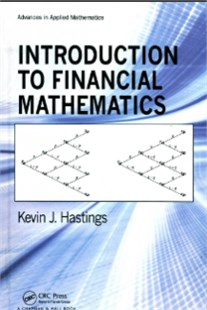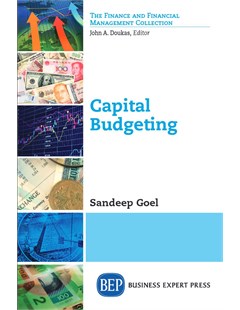Introduction To Financial Mathematics
The book Introduction to Financial Mathematics is ideal for an introductory undergraduate course. Unlike most textbooks aimed at more advanced courses, the text motivates students through a discussion of personal finances and portfolio management.
2016
The book Introduction to Financial Mathematics is ideal for an introductory undergraduate course. Unlike most textbooks aimed at more advanced courses, the text motivates students through a discussion of personal finances and portfolio management. The author then goes on to cover valuation of financial derivatives in discrete time, using all of closed form, recursive, and simulation methods.
The focus of Introduction To Financial Mathematics is twofold: To partner mathematics with corresponding intuition rather than diving so deeply into the mathematics that the material is inaccessible to many readers. To build reader intuition, understanding and confidence through three types of computer applications that help the reader understand the mathematics of the models. Unlike many books on financial derivatives requiring stochastic calculus, this book presents the fundamental theories based on only undergraduate probability knowledge. A key feature of this book is its focus on applying models in three programming languages –R, Mathematica and EXCEL. Each of the three approaches offers unique advantages. The computer applications are carefully introduced and require little prior programming background. The financial derivative models that are included in this book are virtually identical to those covered in the top financial professional certificate programs in finance. The overlap of financial models between these programs and this book is broad and deep.
Hastings, Kevin J.. Introduction To Financial Mathematics. CRC Press, 2016.
 |
|  | |
| Public Finance and Public Policy | Capital budgeting Sandeep Goel |
Thứ Bảy, 08:13 04/03/2023
Copyright © 2018 Hanoi University of Industry.